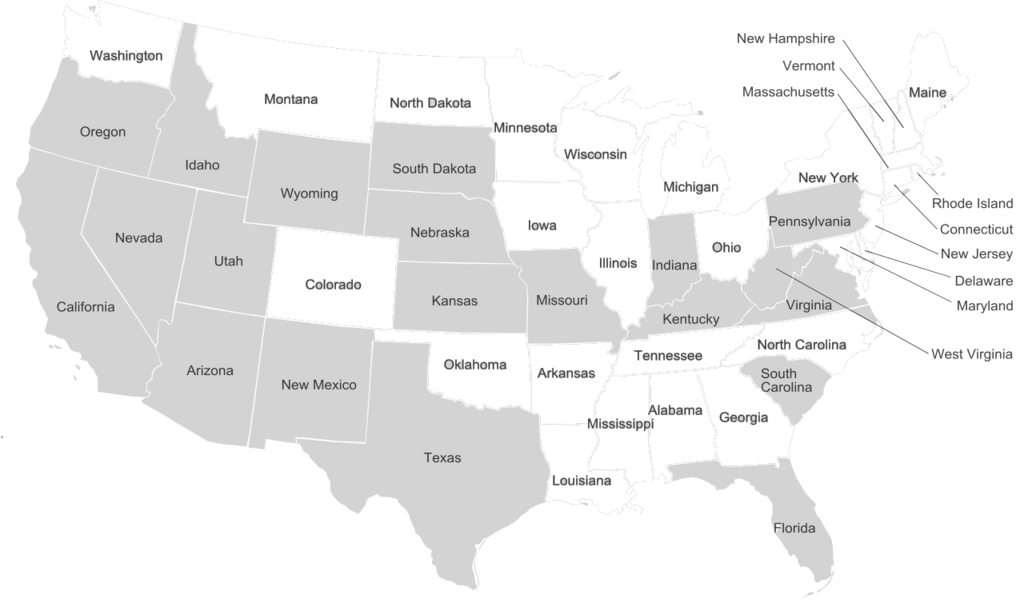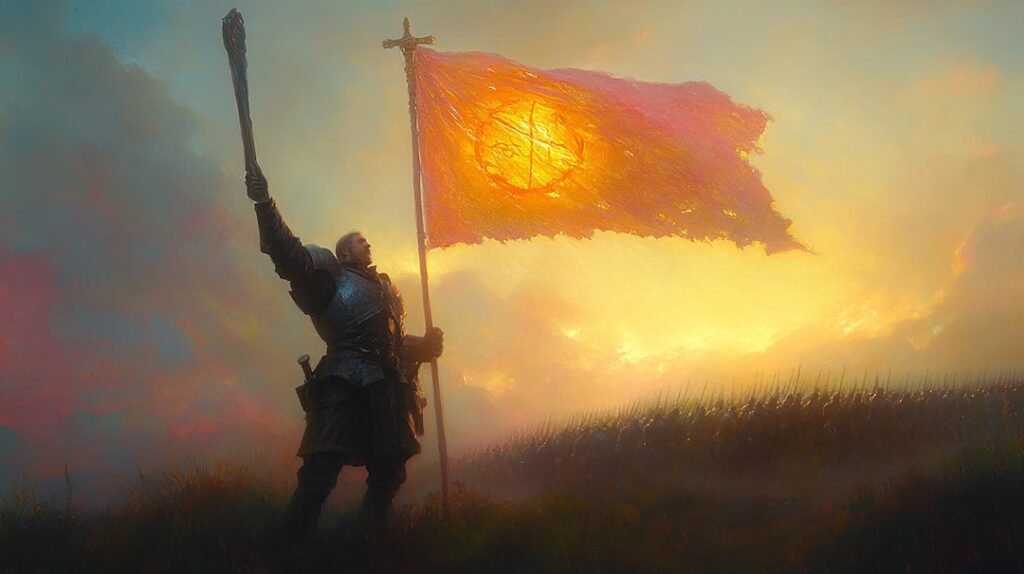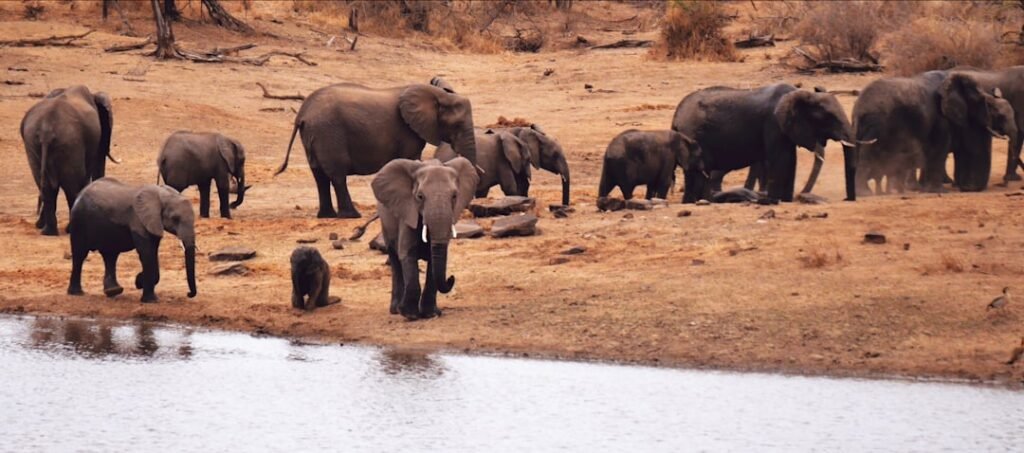Romulus and Remus, two snow-white canids with powerful shoulders and wide jaws, look like something out of myth. In a way, they are. Born in the fall of 2024 through cutting-edge genetic engineering, they are the first living examples of what scientists believe to be true dire wolves in over 10,000 years. The species once roamed the Americas alongside mammoths and saber-toothed cats, before vanishing with much of the continent’s Ice Age megafauna. Now, thanks to a company called Colossal Biosciences, dire wolves walk the earth again.
Rewriting the Genome
But Romulus and Remus are not the product of ancient DNA spliced together in a lab, Frankenstein-style. Instead, they are gray wolves whose genomes were edited at just 14 key genes to express the physical and behavioral traits of their extinct relatives. Using preserved DNA from fossilized dire wolf bones, scientists deciphered the animal’s genetic signature and rewrote the code in the nucleus of gray wolf blood cells. These cells were used to create embryos that were then implanted into domestic dog surrogates. Out of this blend of nature and technology came Romulus, Remus, and their younger sister, Khaleesi—modern animals bearing the form and function of an ancient species.
A Bold New Philosophy of Conservation

The idea of de-extinction—resurrecting extinct species using genetic technology—has long fascinated the public and the scientific community alike. Yet its application has remained largely theoretical until now. Colossal, founded in 2021 and employing over 130 scientists, has made de-extinction its mission. The company is working not just to revive the dire wolf, but also the woolly mammoth, the thylacine (Tasmanian tiger), and the dodo. But the implications go far beyond bringing back long-lost creatures for scientific curiosity or public spectacle. At the heart of the effort is a bold new philosophy of conservation: one where we use genetic tools to not only protect endangered species, but to actively restore and rewild ecosystems that have been irreversibly altered.
Dire Wolves and Ecosystem Restoration
For the dire wolf, the implications are especially profound. Unlike some extinct species whose ecological niches are now gone, dire wolves were apex predators with roles not so different from those of modern gray wolves. Understanding how re-engineered dire wolves behave, hunt, and socialize can help scientists prepare for the reintroduction of other species and inform efforts to support at-risk populations like the red wolf, a critically endangered relative. Indeed, Colossal has already cloned four red wolves using similar techniques, with the aim of increasing genetic diversity and reviving lost traits in the wild population.
The Critics Weigh In
Still, not everyone is convinced that rewilding with code is the right path forward. Bioethicists warn of the risks inherent in cloning and gene editing: complications during pregnancy, immune system deficiencies, and potential suffering of surrogate mothers and the animals themselves. Conservation biologists point to historical examples of ecological interventions gone wrong—the introduction of cane toads to Australia or Asian carp to U.S. waterways—and question whether reintroducing an engineered species might have similar unintended consequences.
What Defines a Species?

Then there is the philosophical debate. Can a genetically edited wolf truly be called a dire wolf if no direct DNA from the extinct species was used? And even if the animal behaves like a dire wolf, does it belong in today’s ecosystems, which have evolved significantly since the Ice Age? Critics argue that such efforts risk shifting conservation from preservation to recreation, with scientists designing species for aesthetic or commercial appeal rather than ecological necessity.
Conservation Tools for a Biodiversity Crisis

Colossal counters these concerns with a pragmatic argument: the biodiversity crisis is accelerating, and conventional conservation methods are failing to keep up. According to the Center for Biological Diversity, 30% of Earth’s genetic diversity could be lost by 2050. Genetic engineering, Colossal argues, offers a powerful new tool for forestalling that loss and even reversing it. By editing genes to improve disease resistance, environmental adaptability, or reproductive fitness, scientists can strengthen vulnerable species and give them a better chance at surviving climate change and habitat degradation.
Beyond the Wolf: Broader Impacts of Genetic Conservation
To that end, Colossal’s work extends beyond the dire wolf. In parallel efforts, its researchers are using genomic insights from the thylacine to engineer toxin resistance in the endangered northern quoll, a small marsupial threatened by invasive cane toads. They have also engineered a “woolly mouse” using mammoth DNA—an early step toward their goal of recreating a cold-tolerant elephant with mammoth-like traits by 2028.
Ethical Conservation or High-Tech Hubris?
Despite its high-tech methods, Colossal insists its approach is grounded in ecological realism. The rewilded animals are not museum pieces; they are meant to contribute to functioning ecosystems. Romulus, Remus, and Khaleesi, for instance, live on a 2,000-acre protected reserve where their behavior, health, and interactions are closely monitored. While they will never be released into the wild, future generations might be—assuming the animals prove to be healthy, safe, and ecologically beneficial.
Still, questions remain. What happens if these engineered animals fail to integrate into existing ecosystems? Can their reintroduction be justified if they live in isolation, unable to express natural behaviors like hunting in large packs or migrating across vast territories? And in an era of limited conservation funding, should resources be directed toward resurrecting extinct species instead of protecting those on the brink today?
The Call of the Future
Romulus and Remus, for now, remain both symbols and test cases. They represent a future where conservation is not just about protection but proactive restoration—where humanity, having caused the extinction of countless species, might use its ingenuity to undo some of that damage. Whether that future unfolds as promise or cautionary tale depends not just on scientific success, but on ethical foresight, ecological wisdom, and a willingness to question what it truly means to bring a species back from the dead.
The howls of Romulus and Remus may be echoes from the past. But they may also be a call to the future.

Jan loves Wildlife and Animals and is one of the founders of Animals Around The Globe. He holds an MSc in Finance & Economics and is a passionate PADI Open Water Diver. His favorite animals are Mountain Gorillas, Tigers, and Great White Sharks. He lived in South Africa, Germany, the USA, Ireland, Italy, China, and Australia. Before AATG, Jan worked for Google, Axel Springer, BMW and others.




